Diwali, or Deepavali, is one of the most popular and widely celebrated festivals in India. Known as India’s festival of lights, the five-day festival, which runs in either October or November depending on the cycle of the moon, is an occasion to celebrate the triumph of good over evil, of consciousness over the veil of ignorance.
Throughout India, the festival is celebrated with great zeal by the lighting of lamps, candles and beautifully decorated lanterns. In the week leading up to Diwali, local markets are flooded with pooja items (used for traditional worship of the deities), lamps, fireworks, flowers, fruits, sweets and, of course, hordes of people. Here are a few photos that highlight the buzz of activity in these markets and provide a snapshot of the Indian culture of celebration.

The diyas or lamps are made from mud by potters on a potter’s wheel or in moulds. They typically feature Hindu symbols and designs and are lit with vegetable oils.
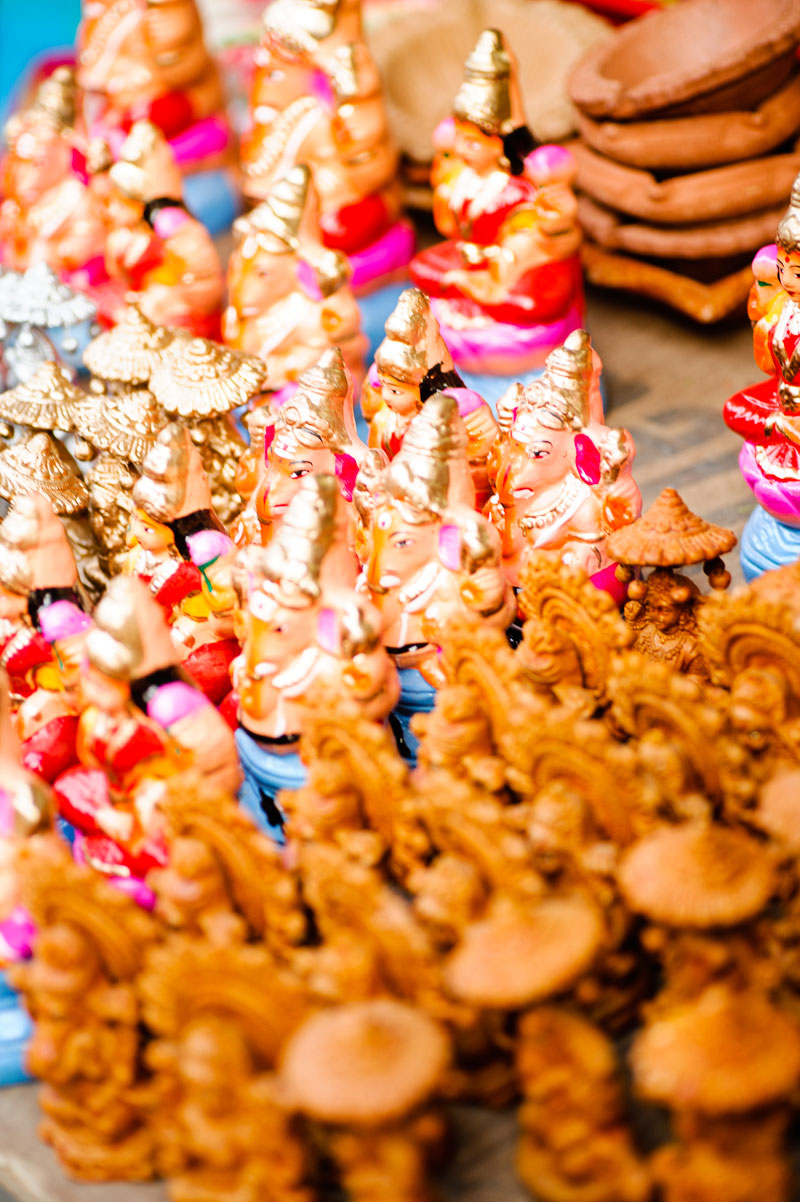
Several days before Diwali, statuettes of Lord Ganesha and the Goddess Lakshmi can be found in all markets, beautifully displayed amongst other pooja items.
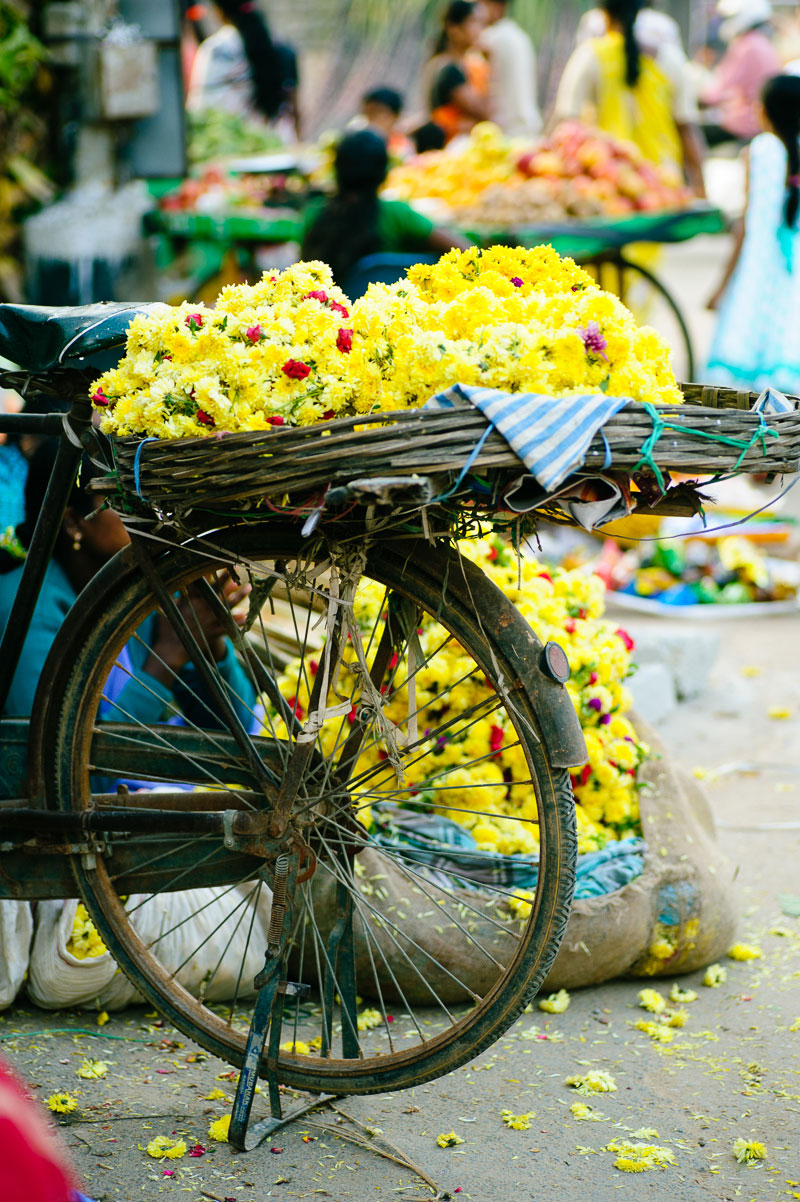
Flowers form an inseparable part of worship. On festival days the local markets are stocked with assorted flowers sold by street hawkers and bicycle merchants.
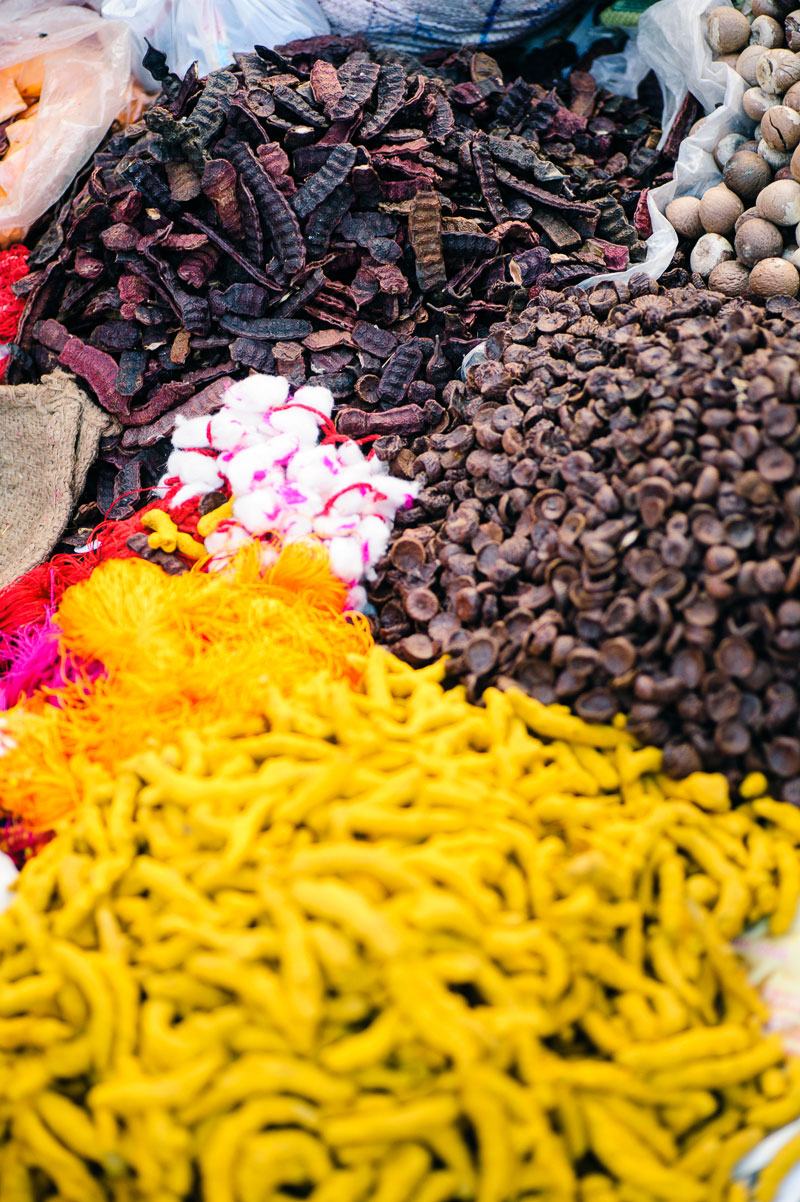
Spices and herbs like turmeric, tamarind and tulsi occupy an important place in cooking as well as worship, and are sold in large quantities during the festival.
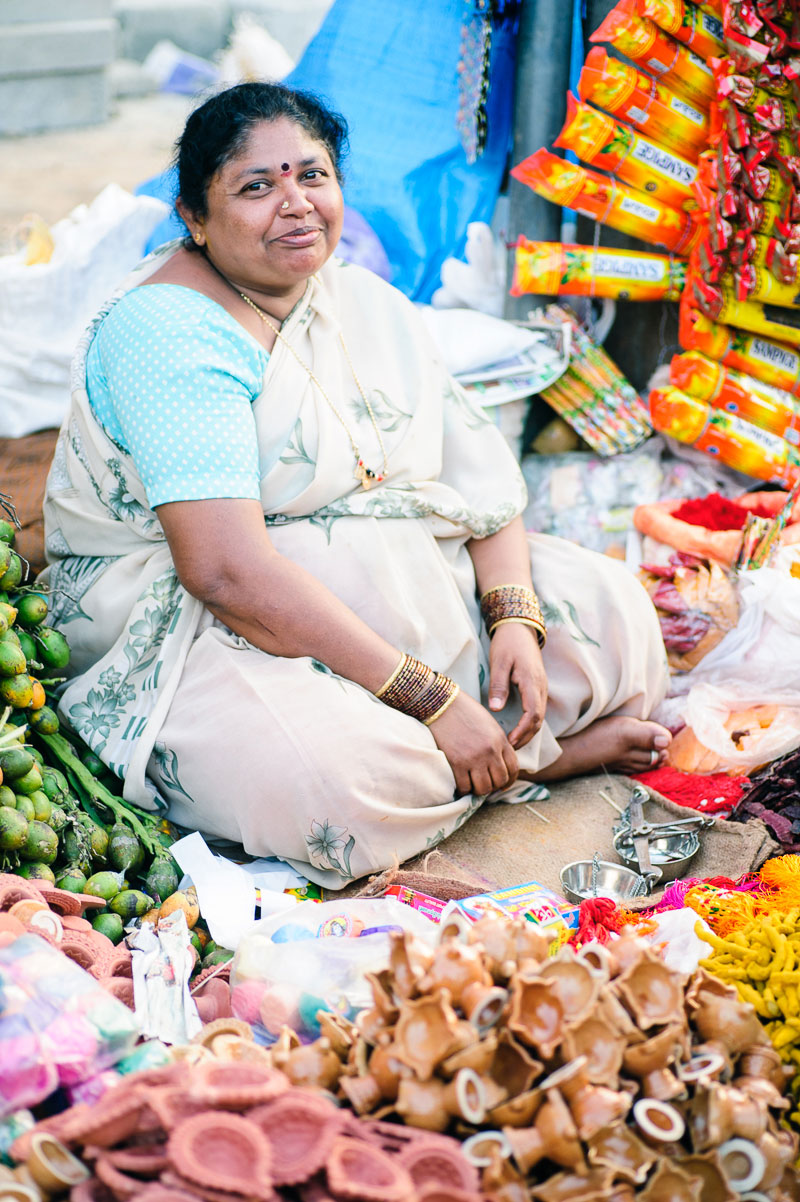
The woman in this photograph selling herbs and diyas was happy being photographed. A bit shy, a bit excited, I felt a rare innocence in her face.

Firecrackers can be purchased almost everywhere during the festival, from “shops on wheels” to more established shops and vendors.
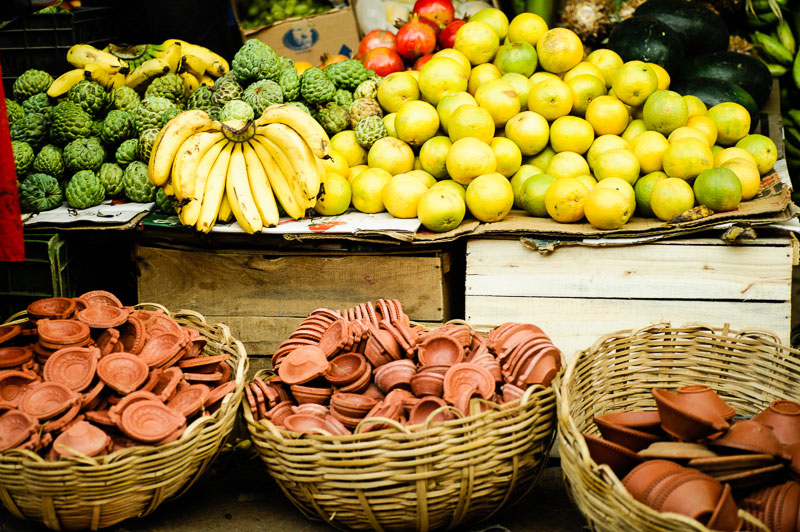
During the festival season, even fruit-sellers stock up on the festival items like diyas to increase their sales.
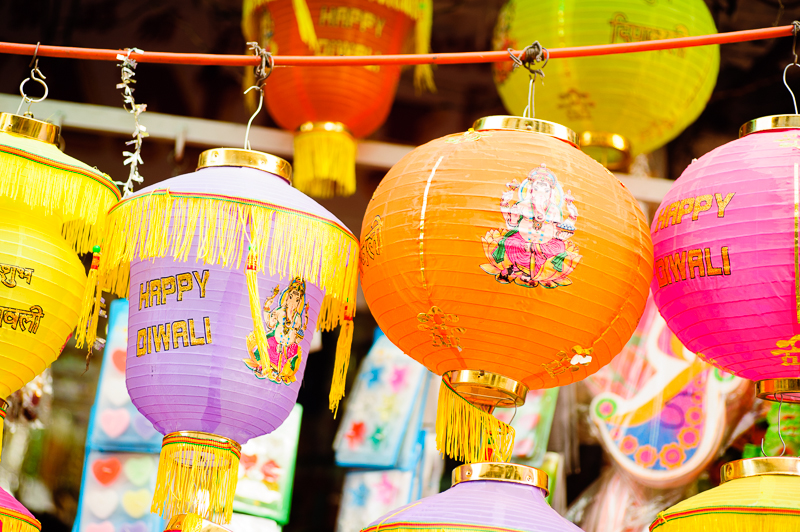
Beautifully decorated and colorful “kandeels” or lanterns are hung everywhere on the day of Diwali.
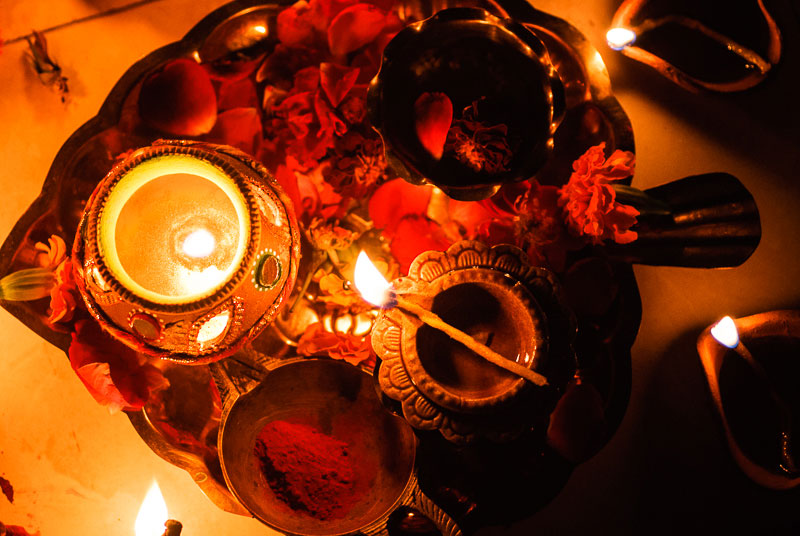
As per the Hindu tradition, Diwali is considered to be a very auspicious day and involves a pooja, or sacred prayer, and an offering to the Gods. Different sects of Hindus perform the pooja in different ways, but the running thread through all the sects is that of lighting of diyas or lamps. The lighting of the lamp signifies the awakening of the inner Guru or consciousness in each human being as per the Hindu belief. Diyas decorated with many artistic designs are offered along with other pooja items like kumkum (sacred red powder), flowers, incense and food offering to the Gods and then the whole house or building is decorated with an array of lamps.
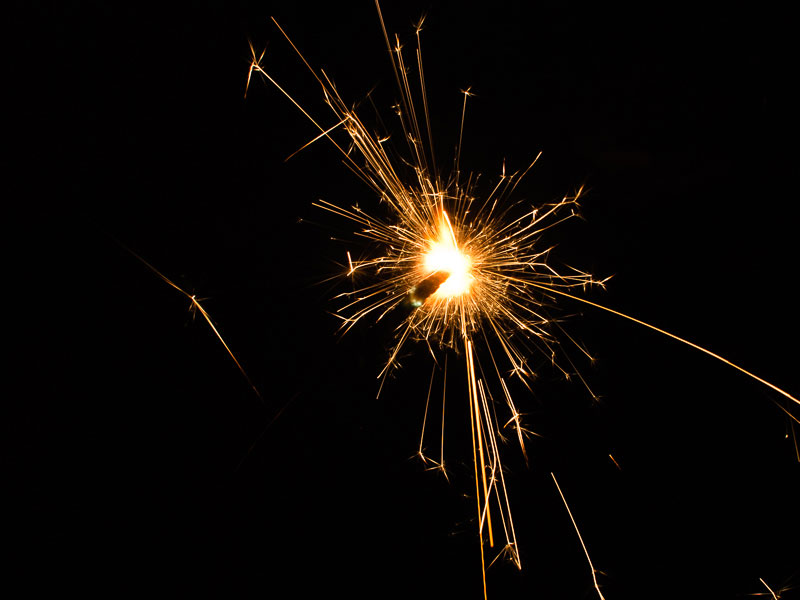
The lighting of fireworks happens in late evening after pooja (worship) and continues until night. It’s an occasion for family and friends to come together and enjoy an evening of celebration.
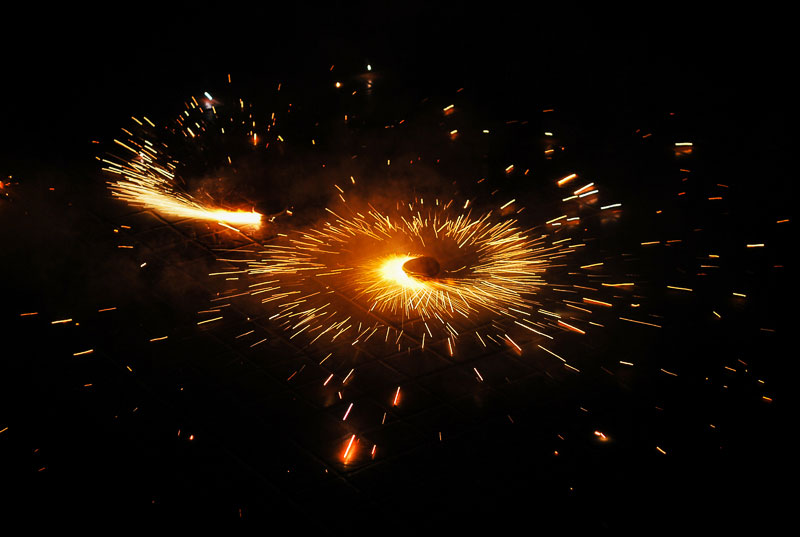
Indian fireworks come in various forms: rockets that go and light up the sky, chakkarghinnis that spin and emit light on the ground, anaars, that give out a beautiful fountain of lights on the ground, and phuljharis or hand-held sparklers.
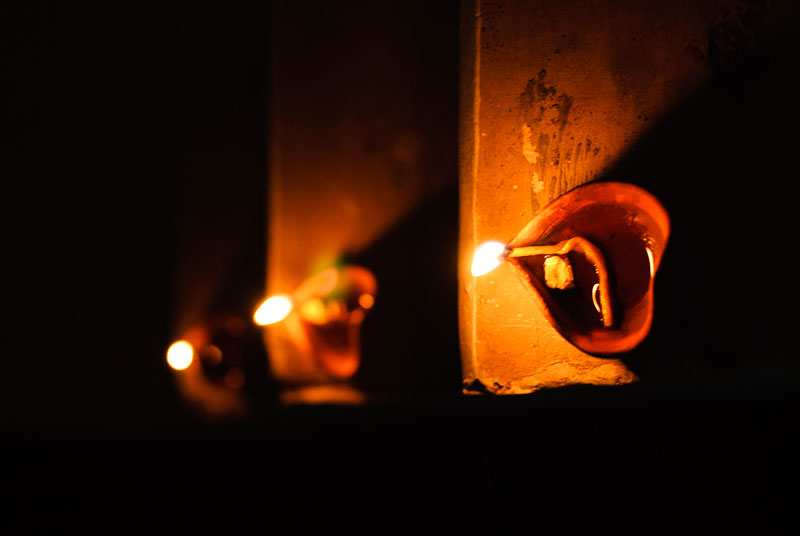
The word “deepavali” means an array of lit lamps. It is an age old custom to light lamps in every house on the auspicious occasion of Diwali. As a result the festival is often called India’s Festival of Lights.
How To Join the Celebrations During India’s Festival of Lights:
Diwali is celebrated across India and in many cities around the world. Because the festival date varies each year based on the cycle of the moon, make sure to do your research and plan travels well in advance.
You can find out annual information about Diwali and travel to India at Incredible India, or find out about international festivals at DiwaliFestival.org. For information about local celebrations, contact your tourism board or Indian cultural centre.
India’s Festival of Lights / Diwali Photos courtesy of Arti Agarwal
Make your next trip the best one.
Departful is a full service travel agency creating truly exceptional travel experiences that are 100% personalized to you. Wherever you’re going, whatever your interests, we help you plan the perfect trip.
Arti Agarwal
Arti Agarwal is a creative nut, who walked out of a high paying oilfield job to live her dream. She is a professional photographer, writer and designer and loves travel and abstract art. She is the founder of “Be Creative”, an online magazine on creativity. Spirituality forms the fabric of her life. She is a disciple of a Paramahamsa Nithyananda, a young enlightened saint from India.
2 Comments
Add comment Cancel reply
This site uses Akismet to reduce spam. Learn how your comment data is processed.


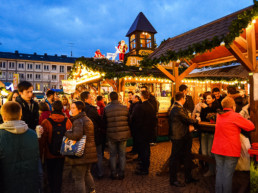
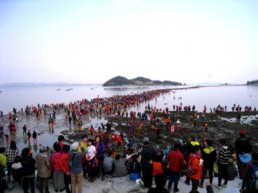
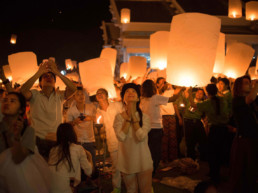
I want to experience this!
http://www.facebook.com/l.php?u=http%3A%2F%2Fthevulgariangirl.blogspot.com%2F&h=PAQFKpUQx&s=1
celebrate lord krishna villege festival memorable and Haryali Teej with real meaning from with us http://latestfestival.com/august-festival/haryali-teej/haryali-teej-celebration/